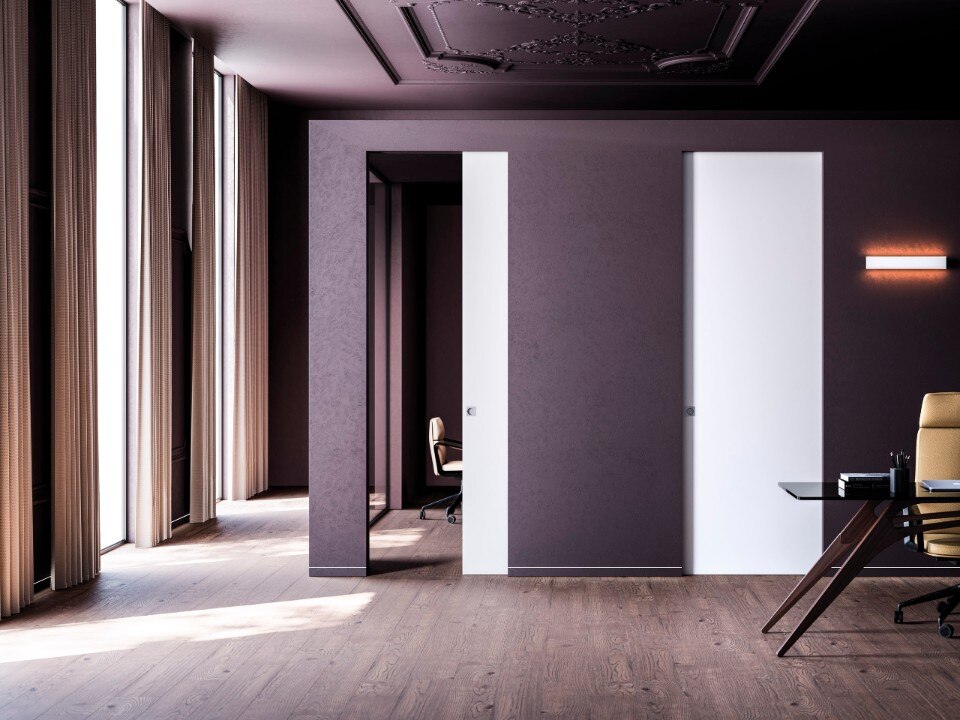The discussions regarding the imminent relocation of the iconic lobby of Tokyo’s Hotel Okura reveal, once again, different perceptions of heritage and its contingent preservation. The diverging general stances on UNESCO-operated heritage have, amongst others, also recently been discussed in the Op-ed section of Domusweb, through the contributions of Marco D’Eramo (Urbanicide in all good faith), published in Domus 982, July-August 2014, and Michiel van Iersel (Unesco is not ISIS). Notions, which examined through the cultural context of the Hotel Okura, would indicate that not only the subject of preservation, but also its implementation might be conducted dialectically.


In this context, the initiative of rebuilding a building may be less alienating to the Nipponese culture when compared to the West’s criteria of physical authenticity and ancientness, as a precondition for preservation. The latter, as Rem Koolhaas argues, may not necessarily be the enemy of modernity, but actually one of its inventions, raising either latently or overtly the issue of what to keep. In the case of the Okura, this list may indeed be a long one, and besides the exigency of continuing to discuss the general terms of preservation, the Okura also raises the urgency of being visited due to its ephemerality. A condition that is ultimately adding a layer of imminent tragedy, resonating as a melancholic bass tone in its lobby, but is also at the base of the renewed attention the hotel is receiving. Ironically, the subject of the rebirth of something, or someone, death-doomed is also what inspired the title of Ian Fleming’s book, and it made him imagine a haiku in the style of the Edo-period poet Matsuo Basho as the introduction of his book:
You only live twice:
Once when you are born
And once when you look death in the face.
Andreas Kofler is an architect, urbanist and freelance writer based in both Paris and Tokyo. He worked for numerous offices, among others, STAR, TD, OMA/AMO, l’AUC and Dominique Perrault, before co-founding Weltgebraus. Most of his projects imply a multidisciplinary declension, such as the work on Greater Paris (DPA/l’AUC), Greater Moscow (l’AUC), Prada (AMO), or the exhibition The Image of Europe (TD/AMO) for the European Union.

The lounge moves outdoors
Pedrali presents a collection of padded outdoor furniture designed to transform exterior space into elegant and functional extensions of the home.


